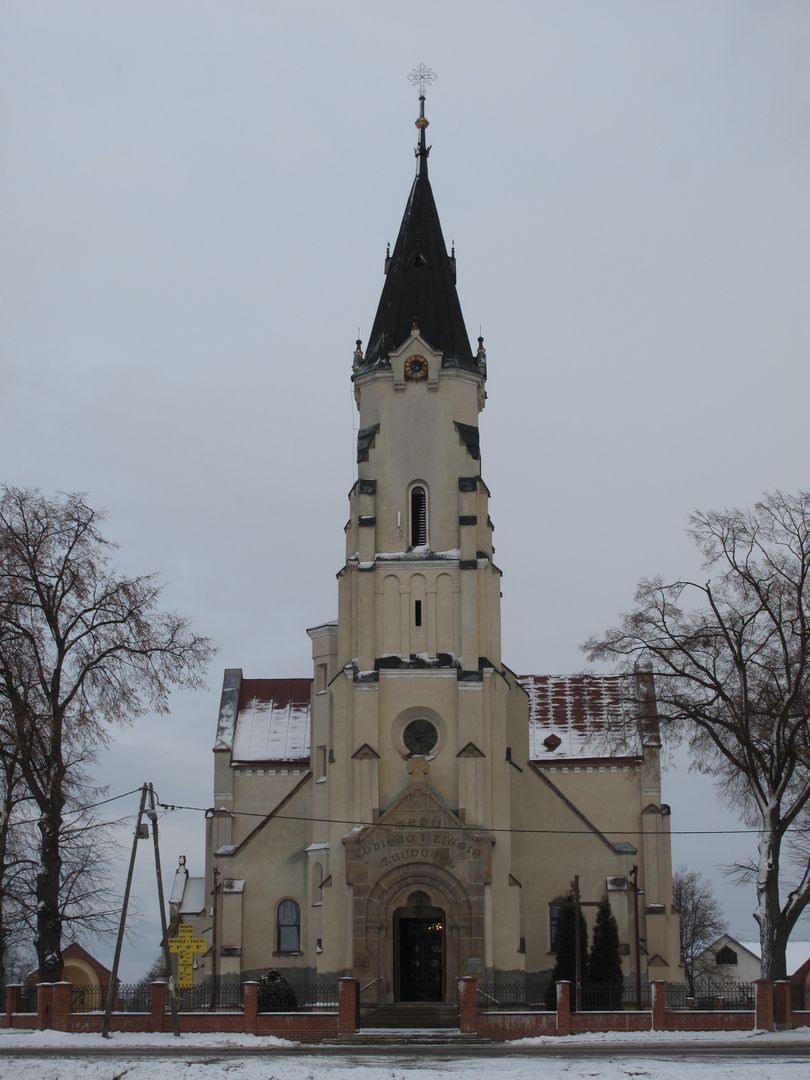Trześń
6.14

Overview
Trześń is a village in the Podkarpackie Voivodeship, within Tarnobrzeg County, situated along National Road 77 and on the Trześniówka River. Its history dates back to around the year 1100, and its name is derived from the word for cherry trees (czereśnie). Documents from the 14th century mention the existence of a chaplaincy and a wooden church dedicated to St. Nicholas. Trześń was an important strategic location, particularly during invasions such as those by the Tatars and the Swedish Deluge. In 1365, the village was sold to Rafał of Tarnów, who transferred its rights to German law, contributing to its development. Jan Długosz serves as a source of knowledge about the 15th century in Trześń, noting the existence of various forms of agricultural land use and a knight's manor. For centuries, Trześń remained in the hands of the Tarnowski family, and it was the site of significant military events, such as the stationing of troops of the Duchy of Warsaw in 1809. During World War II, local units of the Home Army operated in the area. Agriculture is an important sector in Trześń, thanks to favorable soil and climatic conditions. The village is home to numerous enterprises, including a mill, a bakery, and a cooperative, reflecting its economic development. In terms of culture, Trześń has a long religious tradition; the parish under the patronage of the Holy Family was established between 1302 and 1325. The current church, completed in 1899, features Neo-Gothic elements and was designed by Jan Sas-Zubrzycki. In 2010, the village was affected by a flood caused by a breach of the Vistula River embankments, which had dramatic consequences for the residents. Trześń is home to the Maria Konopnicka Public Primary School and a health center providing medical care. Residents have access to local media such as newspapers and radio, which fosters community integration and the dissemination of information about regional events. The history of Trześń is not just a chronology of events but also a cultural heritage that connects the past with the present.
Location
2025 Wizytor | All Rights Reserved